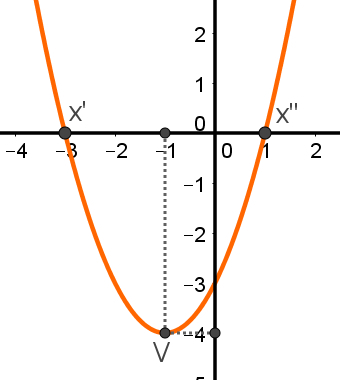Since the 19th century, the concept of bourgeoisie has been defined as a social class that has assumed a decisive role in the great modern political revolutions, such as those that occurred in the England (1640-1688) and in France (1789). The bourgeoisie, among other things, managed, little by little, to subvert the political and economic model set up by the stateAbsolutist, which lasted between the 16th and 18th centuries. This model was anchored in the mercantilism, system that restricted the free economic enterprise (one of the main values defended by the bourgeois).
The problem is that there are other interpretations of the historical role of the bourgeoisie, which go beyond the emphasis given to its political protagonism in modernity. There is, for example, the critical view of the bourgeoisie defended by left-wing thinkers, such asKarl Marx, who identified such a class as antagonistic and enemy of the working class, especially the industrial workers - the workers (or proletariat). The bourgeoisie, for Marx, commands the
capitalist means of production and through them exploits the working class.Marx's interpretation has already been refined and contested by several authors after him. Among its critics is JosephSchumpeter, Eugenvon Böhm-Bawerk, Ludwig von Mises and Milton Friedman.
bourgeoisie and borough
To better understand what bourgeoisie is, it is necessary to trace its origins. The word bourgeoisie derives from borough. The borough was a model of a small town, a citadel, which began to appear in Europe during the transition from AgeAverage to the AgeModern, that is, between the 14th and 15th centuries. The town was characterized by life in transit, between urban and rural, in an environment where there was more freedom than within the circle of feudality (for more information about the rise of the bourgeoisie, click on here).
Around the town, villages were formed that depended directly on what the town had to offer, that is, exchanges, buying and selling products in markets, fairs, all kinds of services, meeting points for merchants, peasants etc. The French historian Fernand Braudel, in his work “The Identity of France”, explains that, at the height of his life in the towns, to find them, all you had to do was look for the doctor, the clerk, the market, the fairs etc. Furthermore, the characters who populated the villages were different from both the peasant serfs who lived in the fiefs and from the aristocracy.
Do not stop now... There's more after the advertising ;)
Below is Braudel's description of a town based on narratives by chroniclers of the time:
[…] The peasant women ''dressed in black... wearing a stalk (white beret) or a hat, they settled under the linden trees to sell farm products: eggs, butter, chickens, rabbits, vegetables...''. On the benches covered with blue, red, green linings, and on the squares, everything was sold in confusion: pitchforks, rakes, scythes, household utensils, dishes, fabrics, clothing, sweets and spice bread, sausages and hams... On fair days, drug sellers, healers and the tooth remover also appeared. (BRAUDEL, Fernand. The Identity of France. (vol. 1) Space and history. Rio de Janeiro: Globo, 1989. P. 134.).
Bourgeoisie and Capital (caput)
Associated with the bourgeoisie, even in the Middle Ages, was the concept of capital. Capital is a word derived from Latin caput, which means head (in the sense of an individual). Capital was identified, at first, with the surplus, that is, with what had been produced for exchange and sale, to obtain money. It was in the atmosphere of the towns that the financial logic of savings and investment took shape. Therefore, it was around the bourgeoisie that the first banks were also born (To learn more about the origin of capitalism, click on here).
Over time, the financial logic of the villages took a greater form and expanded their values to modern society. European (and later world) as a whole, especially after the political revolutions we mentioned in the first paragraph of text and the Industrial Revolution. These values saw the production of wealth as an escape from the natural condition of economic scarcity (an elementary law of economics). They are basically: free work, free enterprise, market freedom, property rights and individual political freedoms.
By Me. Cláudio Fernandes


